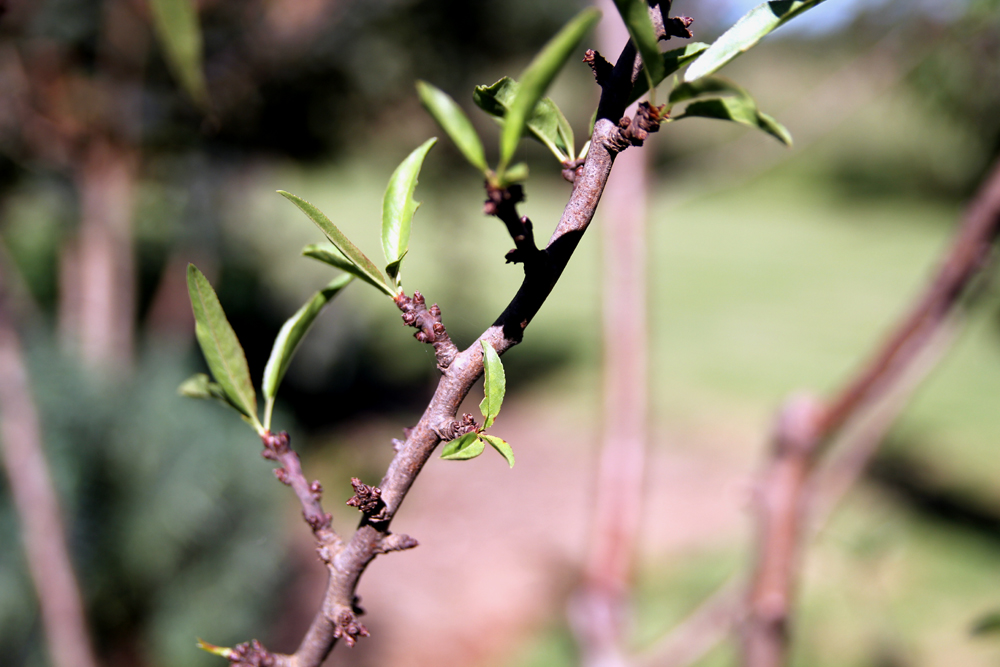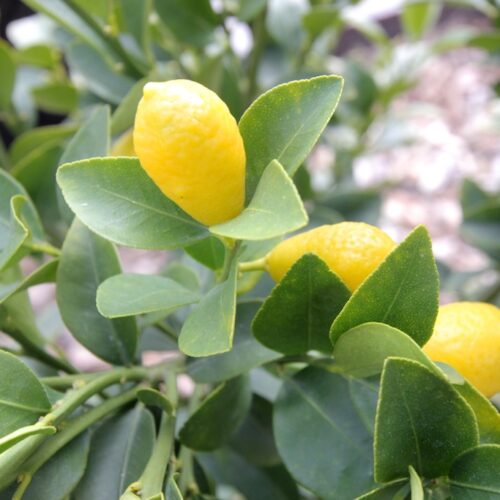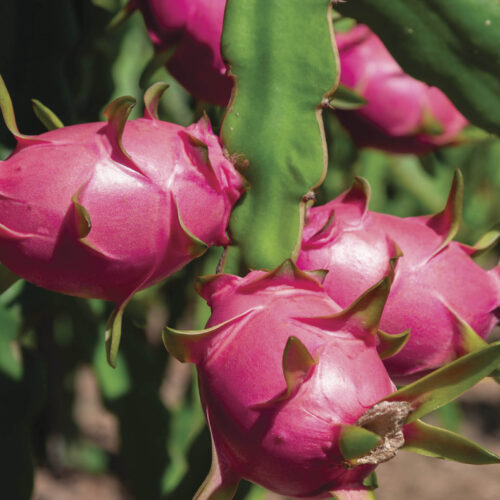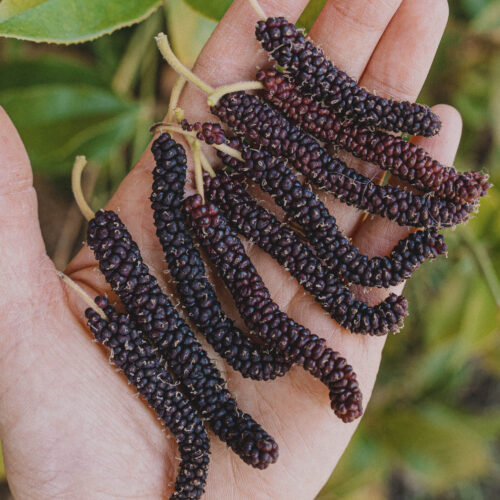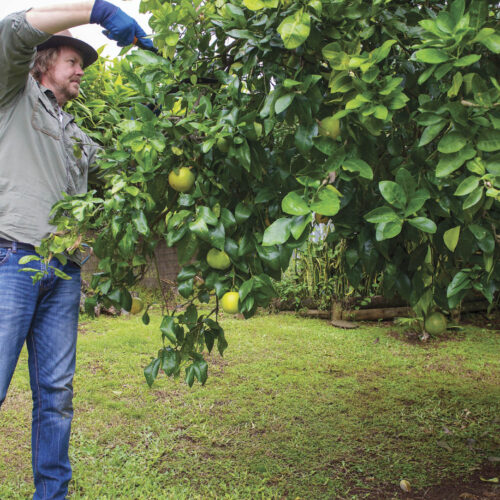Going Nuts for Almonds
2012-03-08T23:41:06+11:00
With his almond crop harvested, JUSTIN RUSSELL has high hopes for an even better harvest next summer from his single, self pollinating tree.
We’ve just finished harvesting the last of our almonds, and this afternoon I gave the tree a thorough pruning. It wasn’t a massive crop (the tree is only three years old), but respectable nonetheless and when eaten straight off the tree, far more flavoursome than packaged supermarket almonds. Judging by the number of buds on the tree, we’re in for an even bigger crop next summer.
The best way to think about almonds is simply as a peach that’s gone nuts. The two plants are closely related members of the Prunus genus, and enjoy similar conditions, namely a reasonable amount of winter chill (about 400 hours plus), a warm to hot summer, and adequate but not excessive moisture. A Mediterranean climate is spot on. However with good soil drainage and cold winters, the tree can be grown all the way north to Toowoomba, Charleville, and even Central Australia.
Almonds are a widely planted crop with a history of cultivation in Australian gardens going back to the 1830’s. They’re generally trouble free plants, but three main issues can cause problems: frost, birds, and pollination. Cross pollinating varieties will always produce the heaviest crops, but if you lack the room for multiple trees, the good news is that at least two almond varieties are self pollinating. The imaginatively named ‘Self Pollinating’ is one, and the slightly more interesting ‘All In One’ is another. Both are papershell types, meaning that the outer shell is easy to break open with your fingers when ripe. Other varieties to consider if you have room for a second tree include the downright strangely named ‘Ne Plus Ultra’ (sounds like a computer language), and the cryptic ‘IXL’. What is it with almond breeders?
Frost is a trickier proposition than pollination. Almonds are usually the first trees to break winter dormancy, often in August. This makes their blooms very vulnerable to a late freeze, and for good results some form of protection will be required. In my garden we can get frosts as late as October, and heavy “killing frosts” below -5C aren’t unusual during the almond’s bloom period. To minimise the risk, I’ve planted our tree just on the lower, north facing side of a garden bed filled with tall evergreens. This bed acts as a barrier against cold air, and the slightly warmer micro-climate created around the almond is just enough to escape all but the most destructive freeze.
As for birds, cockatoos and other parrots have a tendency to ravage almonds trees, so the usual protection measures will be required. One word of caution – the trees have lots of small flower spurs that easily snag nets, so it’s a good idea to make a frame from polypipe, with white bird netting stretched over the top and pegged to the ground.
Almond trees are exquisite plants. If you have the right combination of conditions, my advice is to give a tree or two a go, and go bonkers for the sweet flavour of your own home-grown nuts.
Image: Fat almond buds ready to burst into flower in August.

